#82 Veir
Power lines on steroids
Read time: 5 minutes
Hi, I’m Javi Gascón.
This is Climate Tech Distillery, a newsletter where I talk about one specific climate tech company every week.
Today we’ll distill a company that’s supercharging the grid with next-gen superconducting power lines for maximum capacity: Veir 🇺🇸
Shoutout to my friend Hugo Rauch at New Wave, the only podcast you need to keep up with Europe’s climate-tech VC world.
Available on Substack, YouTube, Apple Podcasts, and Spotify.
Want to sponsor Climate Tech Distillery? Here’s all the info.
What Problem Does Veir Tackle?
They tackle the problem of insufficient electric transmission capacity in the face of rapidly rising electricity demand (data centers, EVs, renewable energy integration, etc.).
1. Transmission Bottleneck: The U.S. Department of Energy reports 11,600 green energy projects are delayed due to grid interconnection queues. The White House says U.S. transmission capacity must more than double by 2035 to meet decarbonization goals.
2. Energy Losses: Conventional high-voltage DC transmission lines lose 10% of their electricity to resistance every 1,000 miles. Current metal conductors have thermal limits that restrict the amount of power that can be transmitted.
3. Building Barriers: High-power lines require large, visually intrusive infrastructure, leading to public opposition and permitting challenges that can delay projects by a decade or more.
4. Incompatible Tech: Previous high-temperature superconductor cable systems required costly and unreliable cooling equipment every 5 miles. This limited superconducting transmission to short underground stretches rather than long-distance overhead lines.
Electricity demand is projected to rise over 50% in the next 10 years, worsening these issues…
Product / Service 📦
Veir makes superconducting power transmission lines that solve all of these issues.Their tech and the results they achieve are just nuts:
Revolutionary Conductors: Using high-temperature superconducting (HTS) materials, Veir’s cables carry 5–10× more power than conventional lines in the same corridor. Operating at –320°F (–196°C) with near-zero resistance, they eliminate the energy losses of metal conductors.
Breakthrough Cooling: A liquid nitrogen evaporative system provides 20× more cooling per kilogram and doesn’t require stations every few miles, making long-distance overhead superconducting lines practical for the first time.
Flexible Applications: Their tech works across the electricity value chain (grid expansion, generation interconnection, data centers and industrial facilities). For data centers specifically, they can deliver >10x the current carrying distance indoors compared to conventional alternatives.
Simple Installation & Maintenance: The lines use standard utility poles and look like conventional transmission lines. The cooling system dramatically reduces installation complexity and ongoing maintenance costs compared to earlier systems.
Easier Permitting: By using existing rights-of-way and avoiding tall towers, Veir’s lines reduce community pushback, speeding up and cutting the cost of adding transmission capacity.
Market 🌐
The world needs to 4x (or even 5x) power grid transmission capacity by 2050 to meet decarbonization goals according to the MIT. Renewables, data centers, electric vehicles, etc. Both electricity generation and consumption are booming and the current grid isn’t prepared AT ALL. Existing cables would literally melt if they had to carry all that extra electricity.
Other Key Players
Nexans 🇫🇷: Global manufacturer of advanced power cables, including high-capacity transmission lines for grid modernization and renewable integration.
American Superconductor 🇺🇸: Develops superconducting transmission technologies to increase grid capacity and efficiency, serving utilities and renewable energy sectors.
Most competitors offer incremental capacity increases of 2-3x, while Veir’s current technology provides 5-10x the capacity increase.
Founding Story 🦄
VEIR was founded in 2019 by Tim Heidel, Adam Wallen and Steve Ashworth.
Heidel spent over a decade at MIT studying electrical engineering and became research director of MIT’s Future of the Electric Grid study. After graduate school, he became obsessed with solving transmission bottlenecks.
The breakthrough came from rediscovering forgotten technology. Steve Ashworth had developed their cooling system idea 15 years earlier at Los Alamos National Laboratory, but when that DOE project shut down, the innovation was largely forgotten.
In 2019, while Heidel was researching transmission solutions at Breakthrough Energy Ventures, his team rediscovered Ashworth’s work and realized it could make superconducting transmission lines practical.
They launched with $2 million in seed funding and successfully tested their first prototype overhead power line in 2023. They’ve raised $117 million in funding as of 2025 and they’re now scaling toward commercial deployment.
Top Impact Stats 📈
1. 5-10X capacity in the same amount of space and 90% less heat generated vs. traditional lines.
2. Electricity transmission losses will get very close to zero → millions of tons of CO₂ emissions avoided.
3. Will enable thousands of renewable energy projects to be added to the grid.
Whenever you’re ready, there are 2 ways I can help you:
Scale and optimize your climate business: Automation and AI systems for climate companies so they can free up time to scale their revenues and their climate impact.
Give visibility to your climate company: Get your company in front of an audience of thousands of climate players and enthusiasts by sponsoring newsletter issues and LinkedIn posts.
Thanks for reading today’s issue! If you liked it feel free to hit the ❤️ button and share it with someone who might like it too. See you next Saturday:)




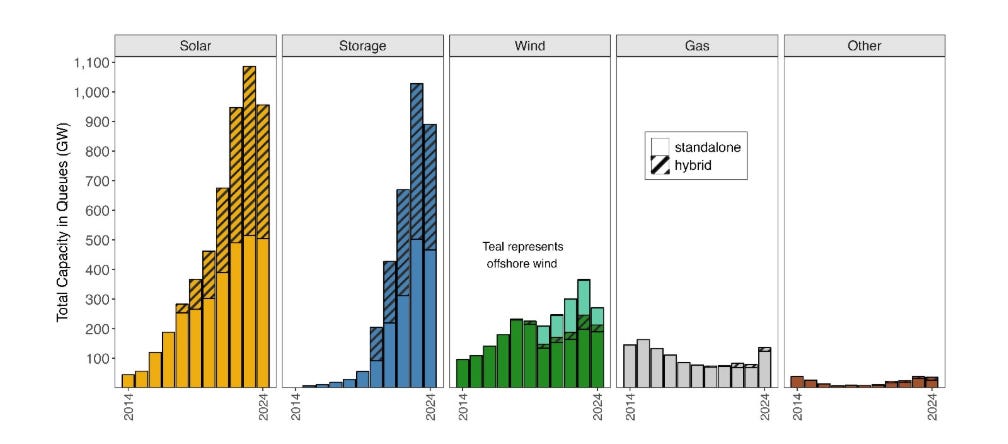
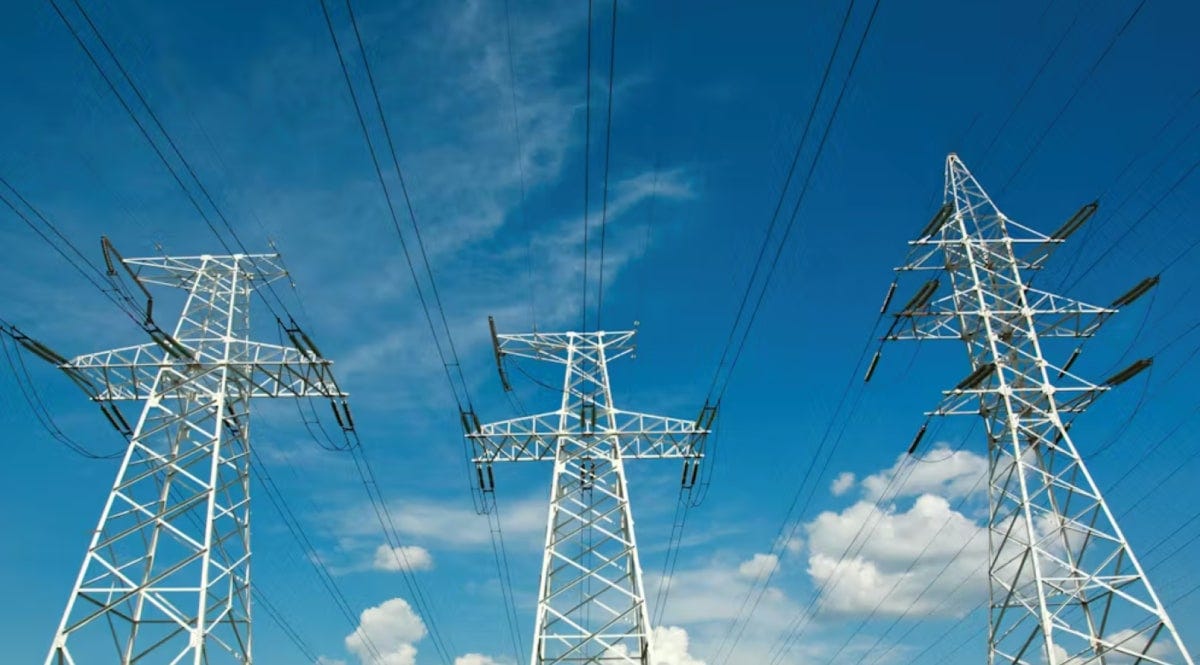

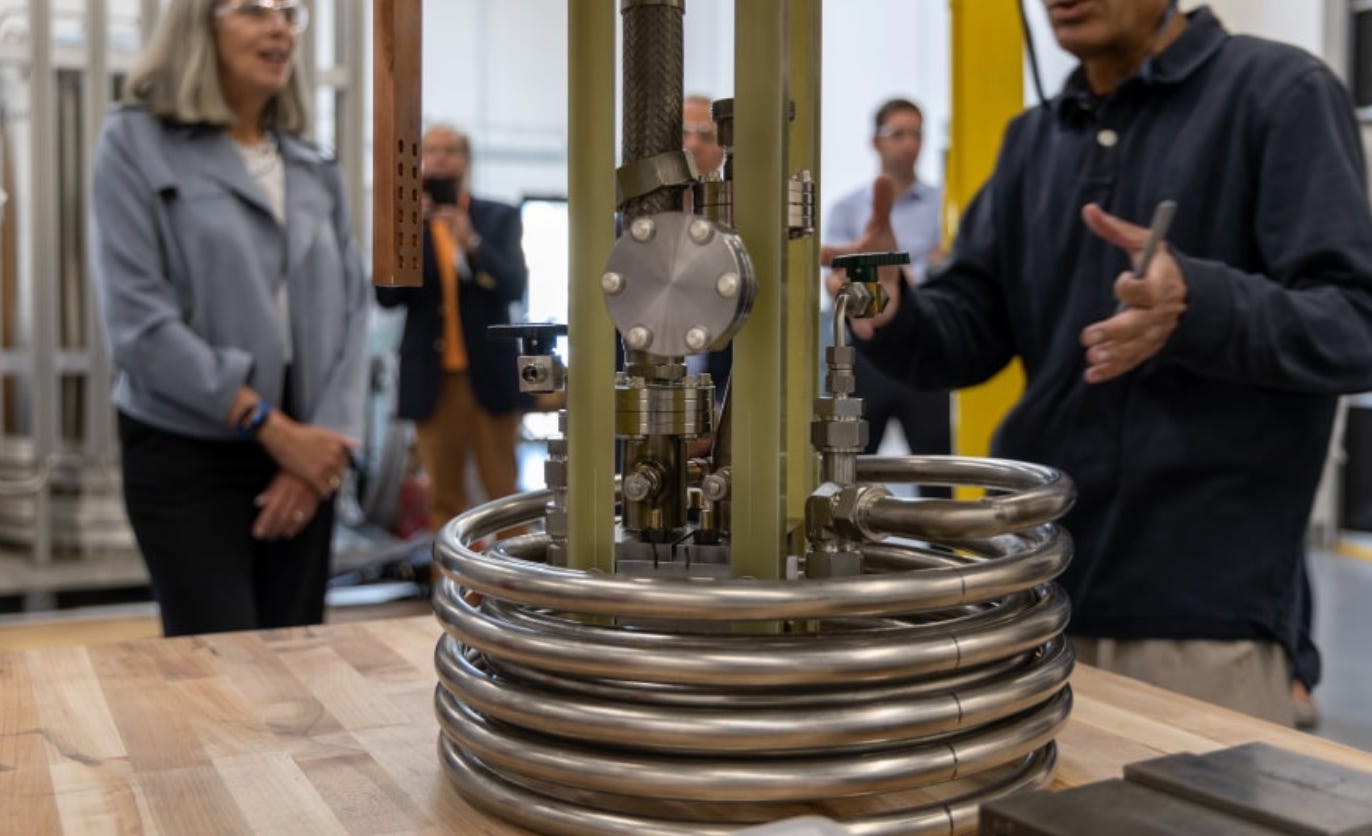
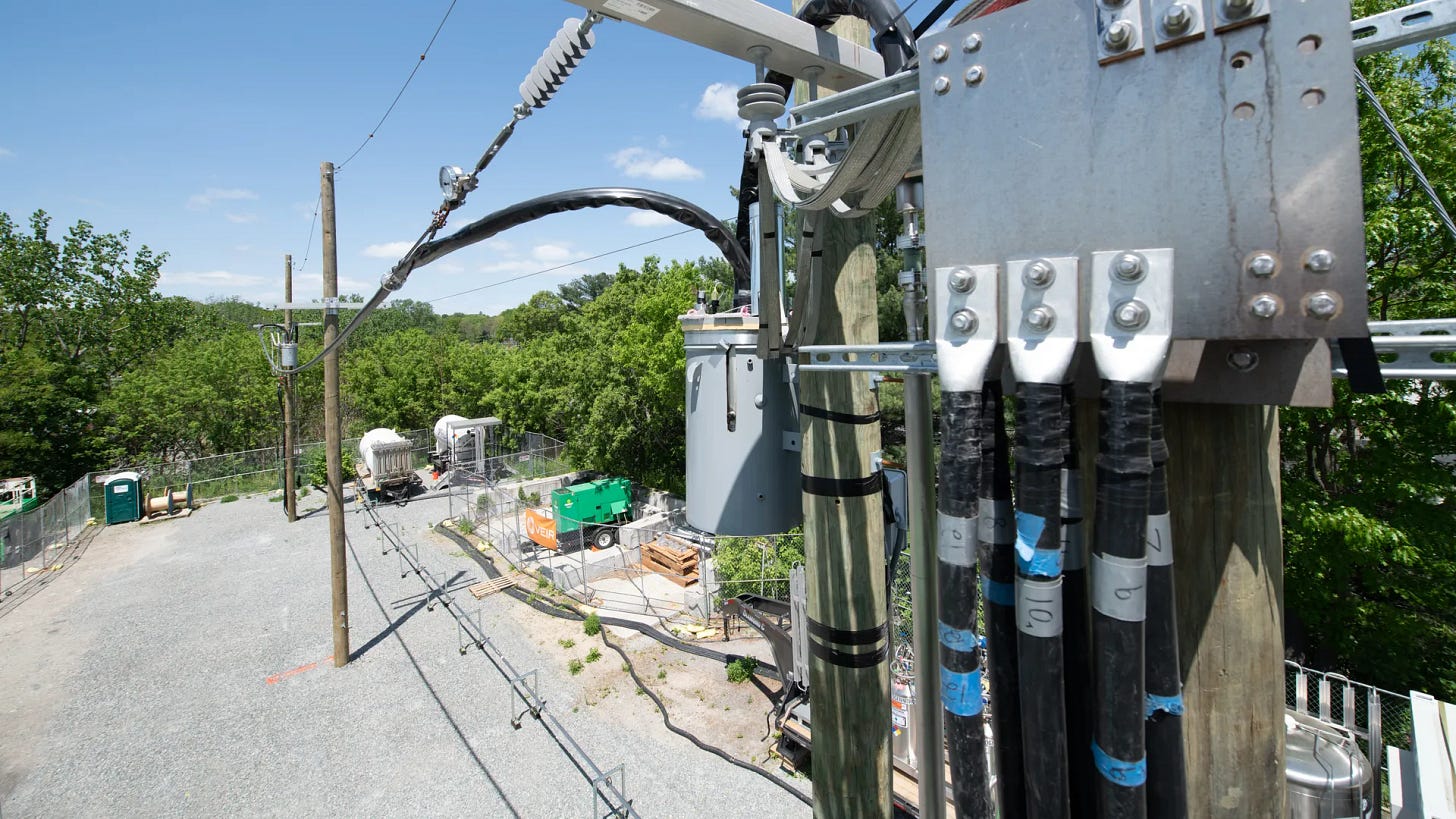
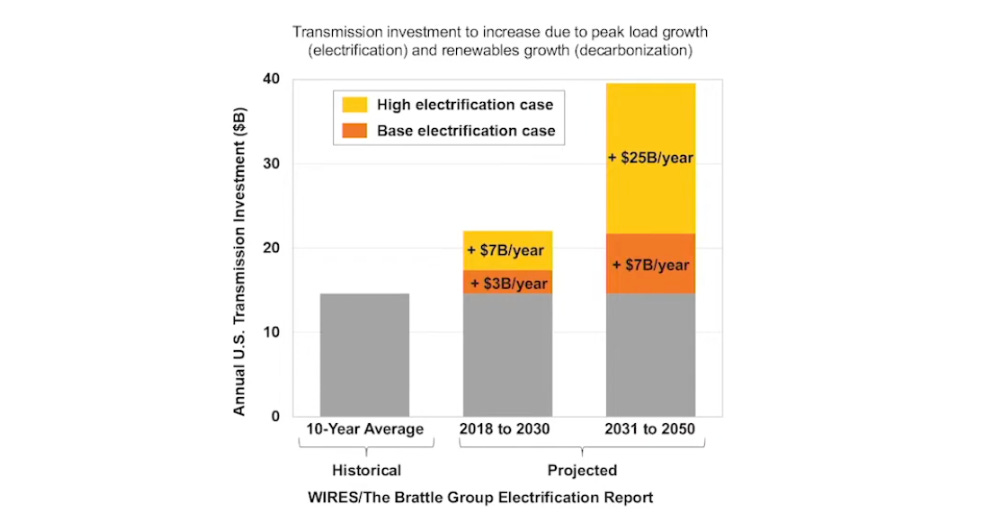
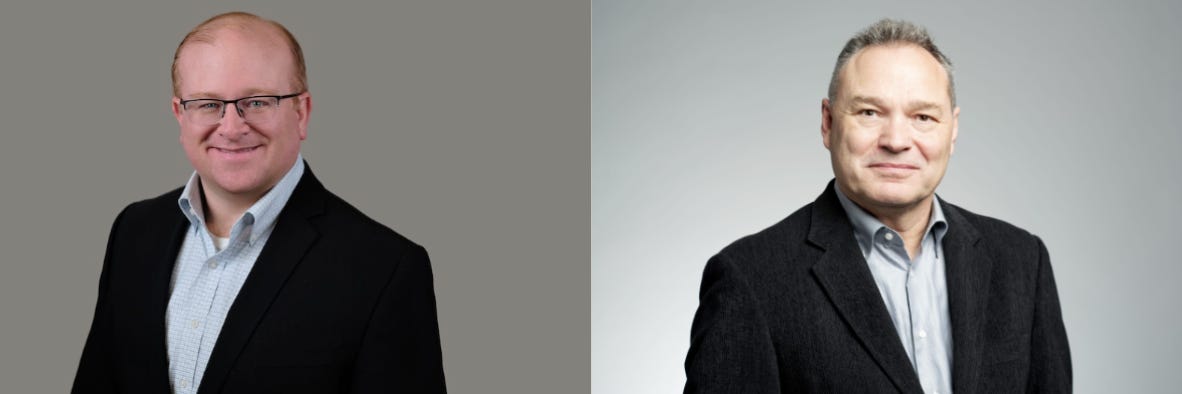
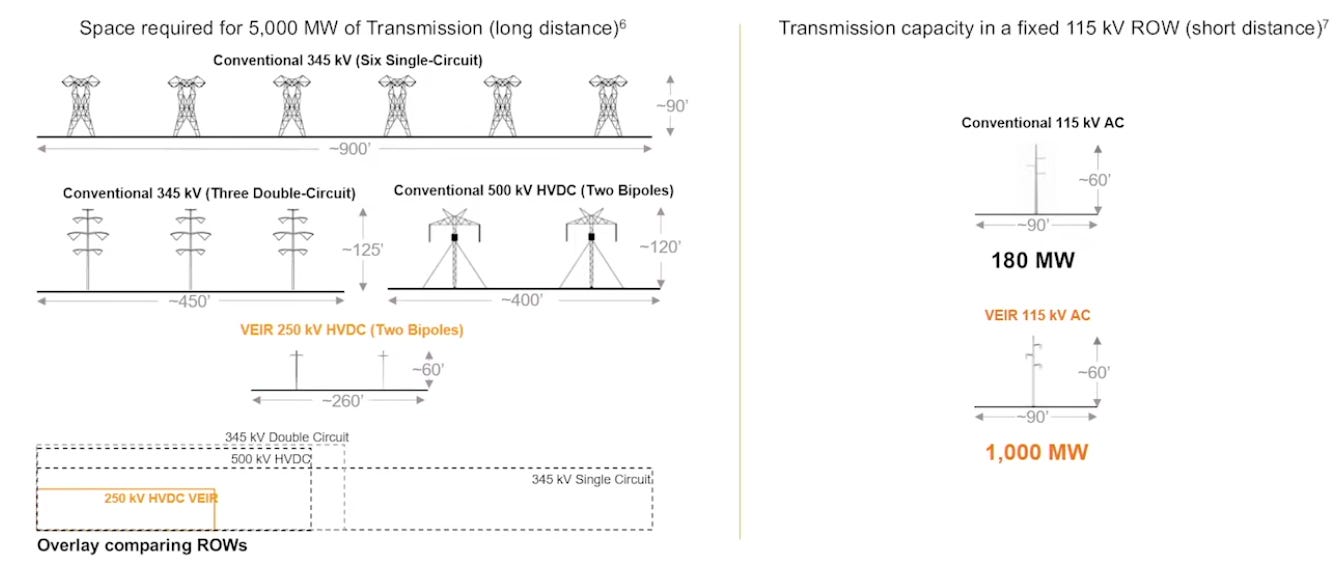
Thanks for the shoutout 🙌